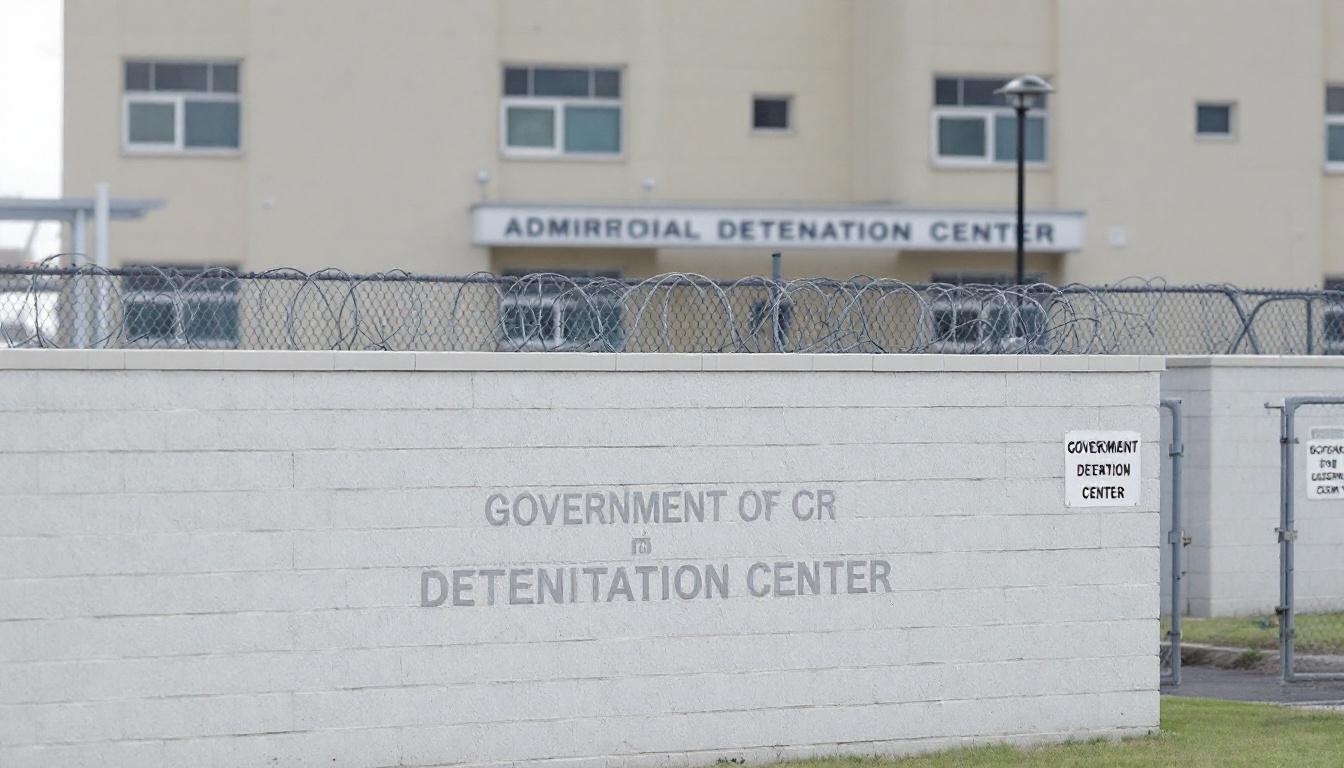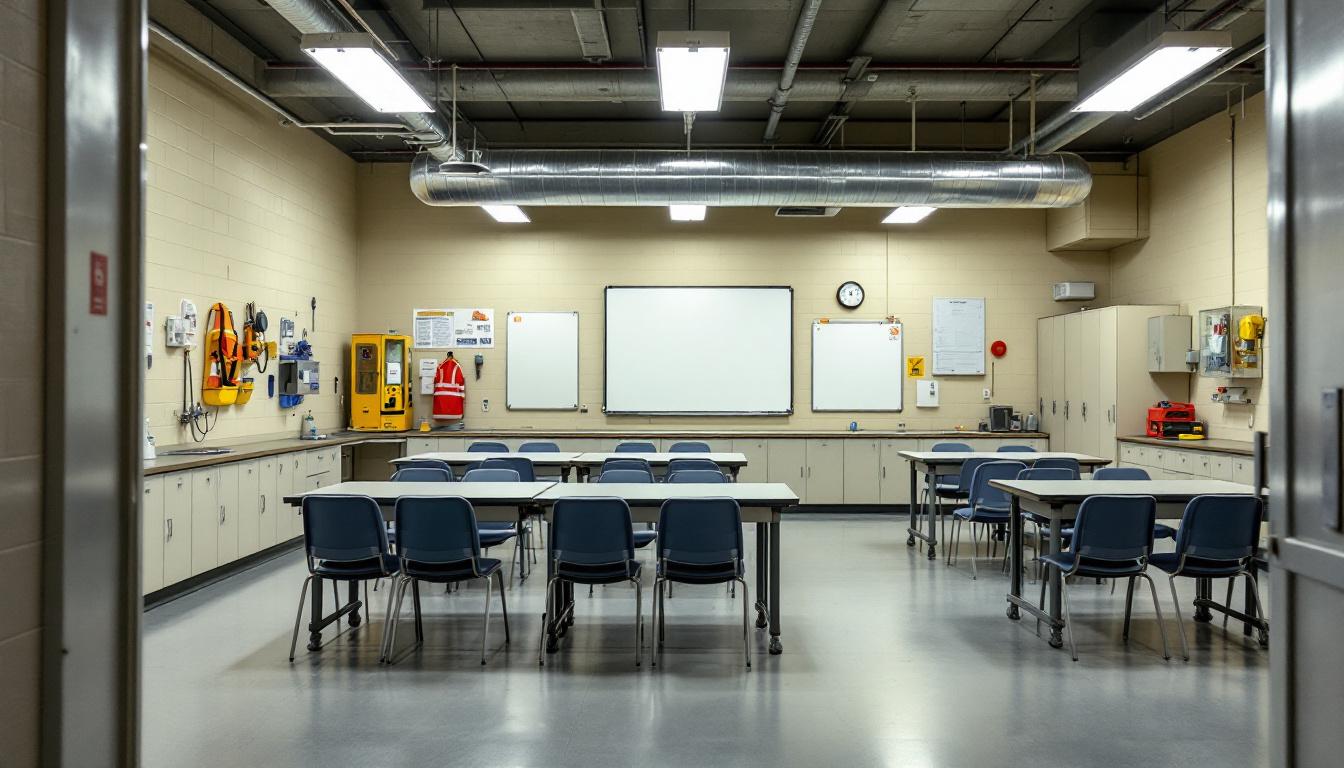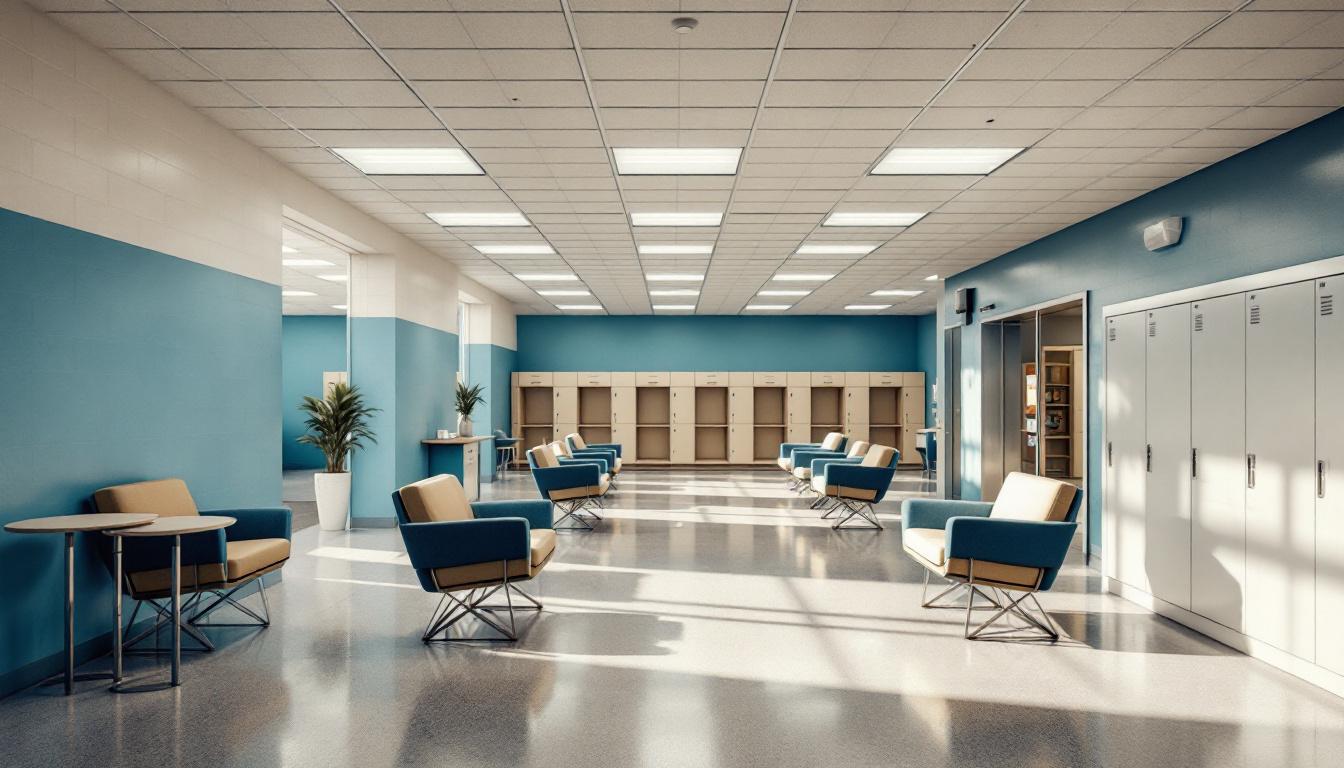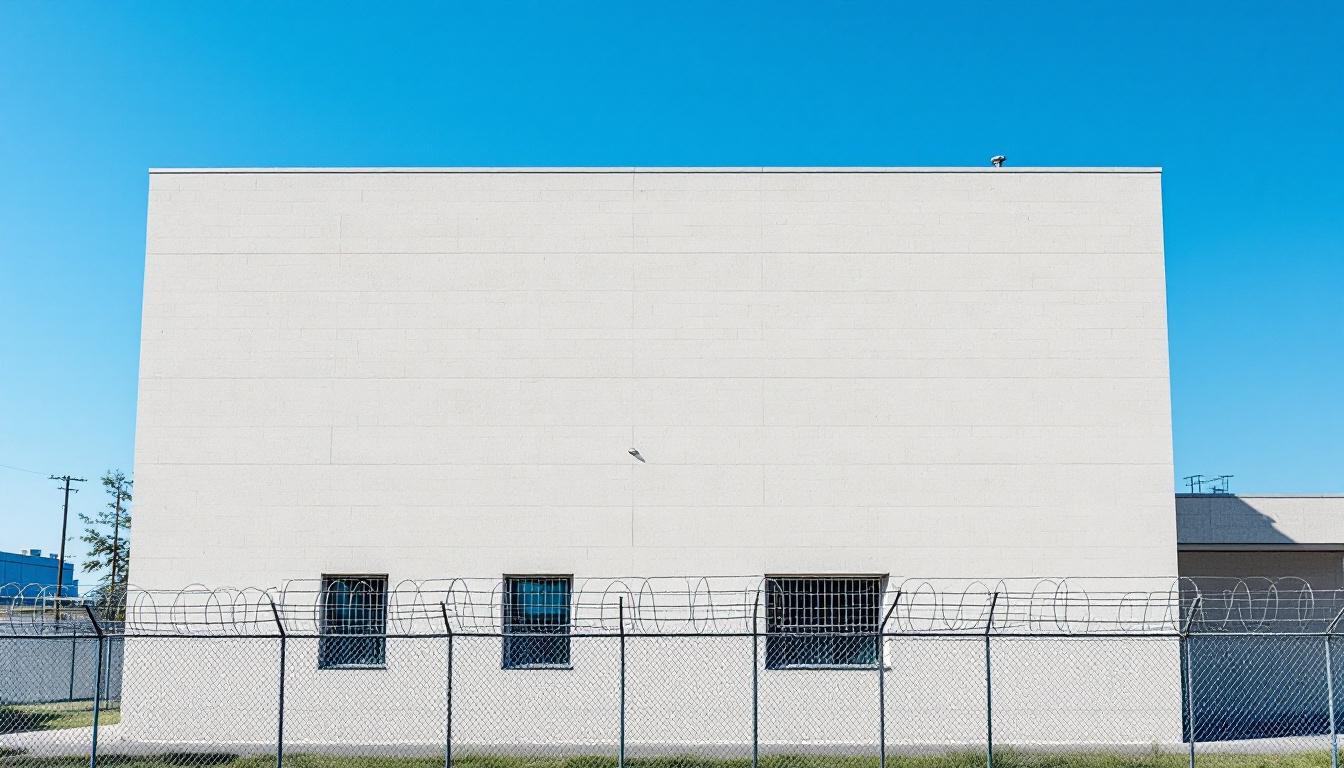
Quick Navigation
How to contact an inmate at Garfield County Sheriff’s Office
This comprehensive guide will walk you through how to connect with an inmate at Garfield County Sheriff’s Office. Follow the steps below to find an inmate and send letters and photos:
- Search for the inmate using our search tool below
- Create your account or log in to Penmate
- Write your message (up to 6,000 characters)
- Send instantly - inmates receive printed copies daily
Find an Inmate
Search for an inmate to start communicating today
Tip: You can search by first name, last name, or inmate ID number
To contact a person at Garfield County Sheriff’s Office start by searching for the person on the official facility website. Perform a search by following these steps:
- Step 1: Enter their first name and last name into the search form and click "Search"
- Step 2: Locate their inmate record
- Step 3: Write down their Inmate ID and any housing information provided
Important! Be sure to enter the person's full name. Nicknames should not be used.
How to Send Messages to Inmates

You can use your phone or computer to send emails, letters, and photos to an inmate. Messages are sent electronically to inmate tablets or kiosks at the facility. If you would like to send a message, start by searching for an inmate at Garfield County Sheriff’s Office.
Sending Photos and Postcards

A great way to send love and support to a loved one at Garfield County Sheriff’s Office is to send photos and postcards. It only takes a few minutes to send photos from your phone and it makes a huge difference. You can also mail postcards with words of support and inspiration, or design your own postcard for special moments like birthdays and holidays.
Important! Be sure not to send any explicit photos or they may not be approved by the facility. You can also use a photo printing app like Penmate to make sure your photos are printed at the correct size (4x6 or 3x5) and are mailed according to the rules and regulations of Garfield County Sheriff’s Office.
Frequently asked questions about Garfield County Sheriff’s Office
-
How long does it take to deliver a message?
If you're sending an email message your letter is usually delivered within 24-48 hours. For messages sent via mail you should expect delivery within 3-7 days. All messages will need be approved by Garfield County Sheriff’s Office.
-
How much does it cost to send a message to Garfield County Sheriff’s Office?
You can send a message free using your phone or mail a message via USPS for the price of a $0.60 stamp and envelope. You can also purchase credits or e-stamps from services starting at $1.99.
-
What services can I use to contact an inmate at Garfield County Sheriff’s Office?
Penmate
You can use Penmate to send letters and photos to an inmate from your phone. It's an easy way to stay in touch during your loved one's incarceration. Use the inmate locator to find an inmate's location and contact information, then you can send messages within a few minutes.
Securus messaging
Securus may be another option for communicating with an inmate at Garfield County Sheriff’s Office. You can create a friends and family account and purchase credits to send messages. All messages will be reviewed and must be approved by the facility.
JPay
Some county jails and state prisons may support sending messages with JPay. You must register an account with the system, find your loved one, and purchase stamps to send messages. For some locations you can also attach photos.
Smart Jail Mail
You may also check if Smart Jail Mail is available at Garfield County Sheriff’s Office. Smart Jail Mail is operated by Smart Communications and has contracted with some state and county jails. After purchasing credits, your messages and photos are sent to the facility, printed out, and then handed out to your loved one.
-
What is the mailing address of Garfield County Sheriff’s Office?
Mailing address:
Garfield County Sheriff’s Office
375 N 700 W
Panguitch, UT 84759
Phone: (435) 676-2678 -
What are the visiting hours at Garfield County Sheriff’s Office?
Visiting hours at Garfield County Sheriff’s Office vary by housing unit and security level. Generally, visits are scheduled on weekends and holidays, with some facilities offering weekday visits. Contact the facility directly at (435) 676-2678 or check their website for the current visiting schedule. Visits typically last 30-60 minutes and must be scheduled in advance.
-
What items are prohibited when sending mail to Garfield County Sheriff’s Office?
Prohibited items typically include: cash, personal checks, stamps, stickers, glitter, glue, tape, staples, paperclips, polaroid photos, musical or blank greeting cards, hardcover books, magazines with staples, and any items containing metal or electronics. Only send letters on plain white paper with blue or black ink. Photos must be printed on regular photo paper (no Polaroids). Always check with Garfield County Sheriff’s Office for their specific mail policies.
-
How do I send money to an inmate at Garfield County Sheriff’s Office?
You can send money to an inmate at Garfield County Sheriff’s Office through several methods: 1) Online using JPay, Access Corrections, or the facility's approved vendor, 2) Money orders mailed directly to the facility with the inmate's name and ID number, 3) Kiosks located in the facility lobby, or 4) Over the phone using a credit or debit card. Fees vary by method, typically ranging from $2.95 to $11.95 per transaction.
-
Can I schedule a video visit with an inmate at Garfield County Sheriff’s Office?
Many facilities now offer video visitation as an alternative to in-person visits. At Garfield County Sheriff’s Office, video visits may be available through services like Penmate, Securus Video Connect, GTL, or ICSolutions. Video visits typically cost $10-20 for 20-30 minutes and must be scheduled in advance. You'll need a computer or smartphone with a camera and reliable internet connection. Contact the facility for their specific video visitation policies and approved vendors.
-
What identification do I need to visit an inmate at Garfield County Sheriff’s Office?
All visitors must present valid government-issued photo identification such as a driver's license, state ID, passport, or military ID. Minors must be accompanied by a parent or legal guardian who can provide the minor's birth certificate. Some facilities require visitors to be on the inmate's approved visitation list, which may require a background check. Contact Garfield County Sheriff’s Office for specific ID requirements and visitor approval procedures.
-
How can I find out an inmate's release date?
To find an inmate's release date at Garfield County Sheriff’s Office, you can: 1) Use the online inmate search tool if available, 2) Call the facility's records department, 3) Contact the inmate's case manager or counselor, or 4) Have the inmate provide this information during a call or visit. For privacy reasons, some facilities only release this information to immediate family members.
Facility Overview
Contact Information
Garfield County Sheriff’s Office375 N 700 W
Panguitch, UT 84759
Phone: (435) 676-2678
Official Website

About Garfield County Sheriff’s Office
Nestled within the scenic mountain landscape of Longview, Utah, the Garfield County Jail, UT serves as a vital component of the region's justice system, providing secure custody and comprehensive support services for individuals in the correctional process. This UT correctional facility operates with a commitment to maintaining public safety while fostering opportunities for personal growth and community reintegration among those in its care.
The facility typically emphasizes a service-oriented approach to corrections, recognizing that effective rehabilitation often requires addressing multiple aspects of an individual's circumstances. Residents services may include access to educational programming, substance abuse counseling, and vocational training opportunities designed to support successful reentry into the community. The jail generally maintains connections with local service providers and organizations to ensure continuity of care and support networks that extend beyond the facility's walls. Staff members often work to create an environment that balances security requirements with opportunities for personal development and positive behavioral change.
As part of Utah's broader correctional network, this county jail plays an important role in serving both pre-trial detainees and sentenced individuals from the surrounding mountain region. The facility typically coordinates with courts, probation services, and community organizations to support the justice process while maintaining focus on rehabilitation and public safety objectives that benefit the greater Garfield County community.
Programs & Services
Therapeutic communities within the facility create structured environments where residents work together toward common rehabilitation goals while supporting each other's recovery journey. These initiatives typically emphasize personal accountability, peer mentorship, and collaborative problem-solving skills that extend far beyond incarceration. The comprehensive approach may deliver both individual and group-based interventions designed to address underlying issues contributing to criminal behavior.
Educational and vocational training initiatives often form the cornerstone of long-term reintegration success for participating residents. Education programs may include basic literacy instruction, GED preparation, and continuing education opportunities that help individuals build foundational academic skills. Vocational training components typically focus on practical, marketable skills that enhance employment prospects upon release, providing hands-on experience in various trade areas that align with regional job market demands.
In addition to these core offerings, support services may deliver individual counseling sessions tailored to each resident's specific needs and circumstances. Intramural sports initiatives often promote physical wellness while teaching teamwork, discipline, and healthy competition among participants. The facility may also include printing services as part of its vocational programming, allowing residents to develop technical skills while contributing to facility operations and gaining real-world work experience that translates to employment opportunities in the community.
Daily Life & Visitation

Structured wake-up calls consistently mark the beginning of each day, establishing a predictable rhythm that residents come to rely upon. Today's schedule typically mirrors yesterday's, with designated times for meals, programming, and personal activities that deliver stability in an otherwise uncertain environment. This routine generally includes morning inspections, scheduled meal times, and organized activities that help residents maintain a sense of normalcy and purpose.
Living accommodations at the facility typically feature dormitory-style housing units or individual cells, depending on classification levels and available space. Residents usually share common areas for dining and recreation, where meals are served at consistent times throughout the day. Personal property is generally limited to essential items and approved personal belongings, while commissary services may offer additional food items and hygiene products. Despite this structured environment, residents often find ways to personalize their living spaces within established guidelines.
In addition to this daily framework, the facility typically offers various work assignments that may include kitchen duties, maintenance tasks, or cleaning responsibilities. Recreation opportunities usually include access to exercise areas, television viewing, and reading materials during designated periods. Visitation policies generally allow for scheduled visits with family members and approved contacts, while phone privileges and mail services help residents maintain important connections with their support systems. These programming elements work together to create a comprehensive daily structure that addresses both security requirements and basic human needs for routine and social interaction.
Ready to Connect?
Start communicating with your loved one today
Search for an Inmate







